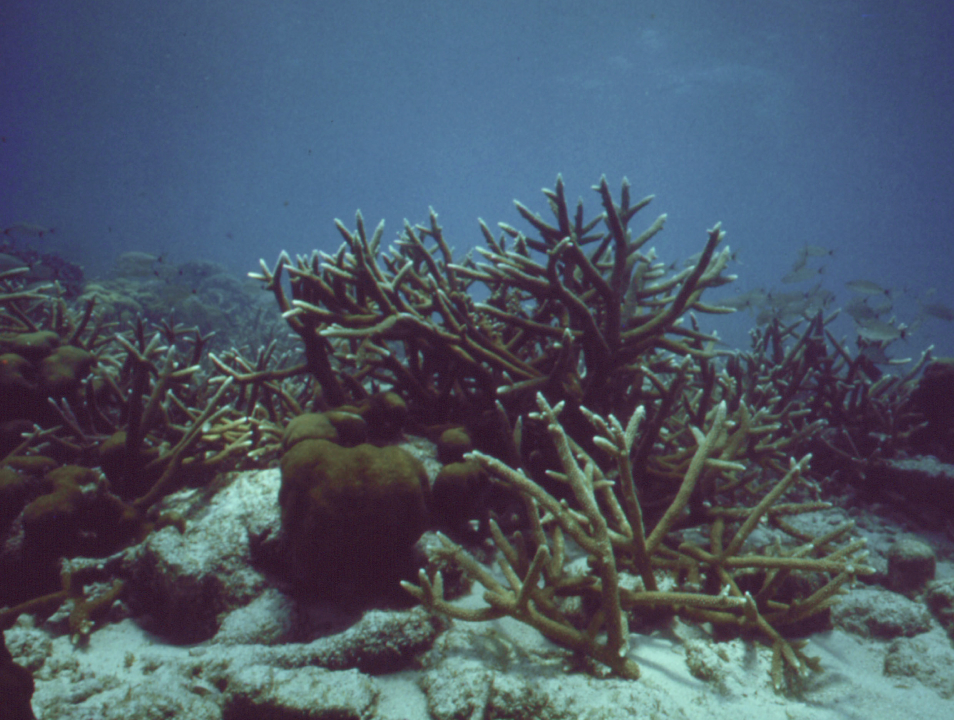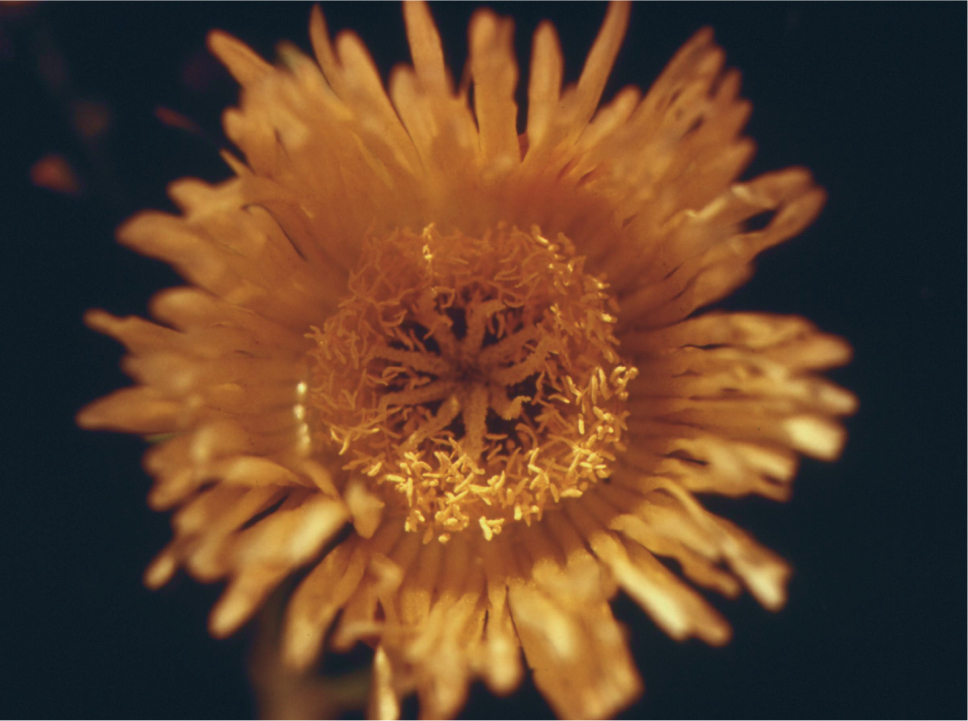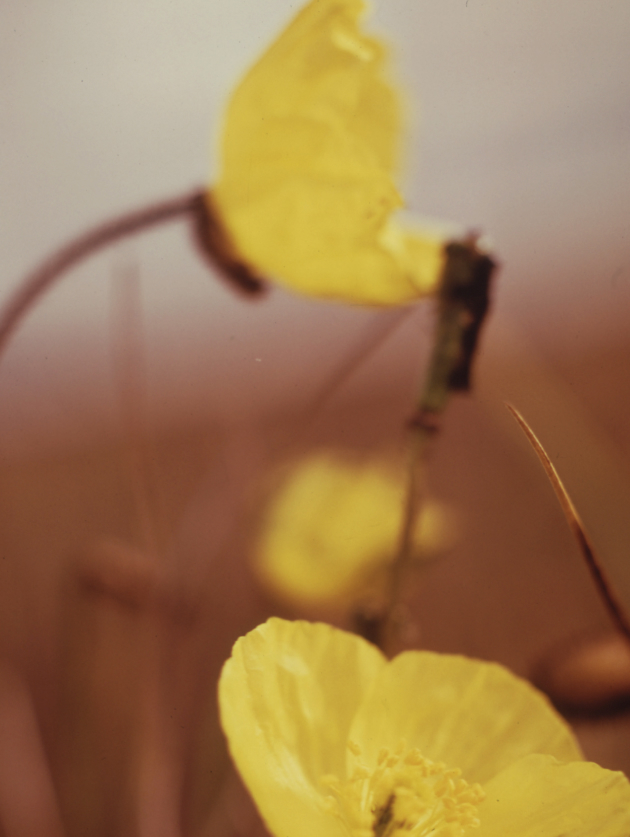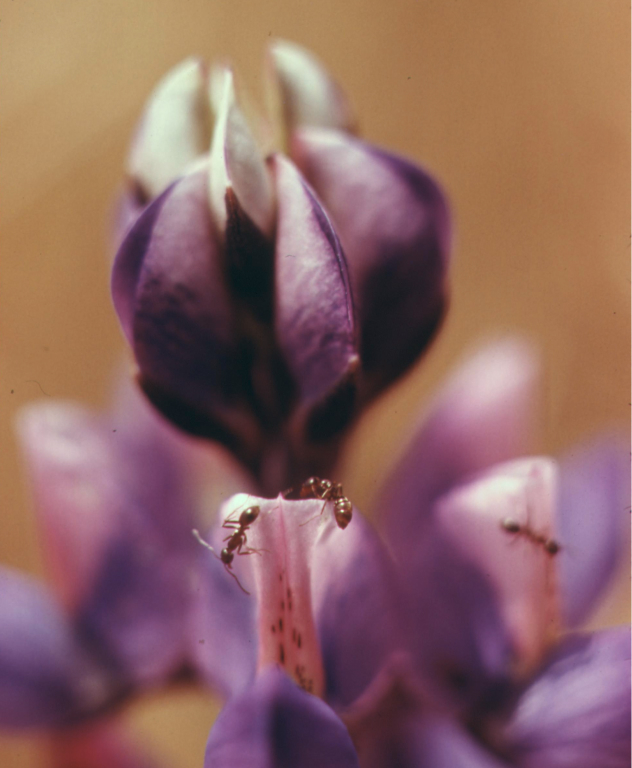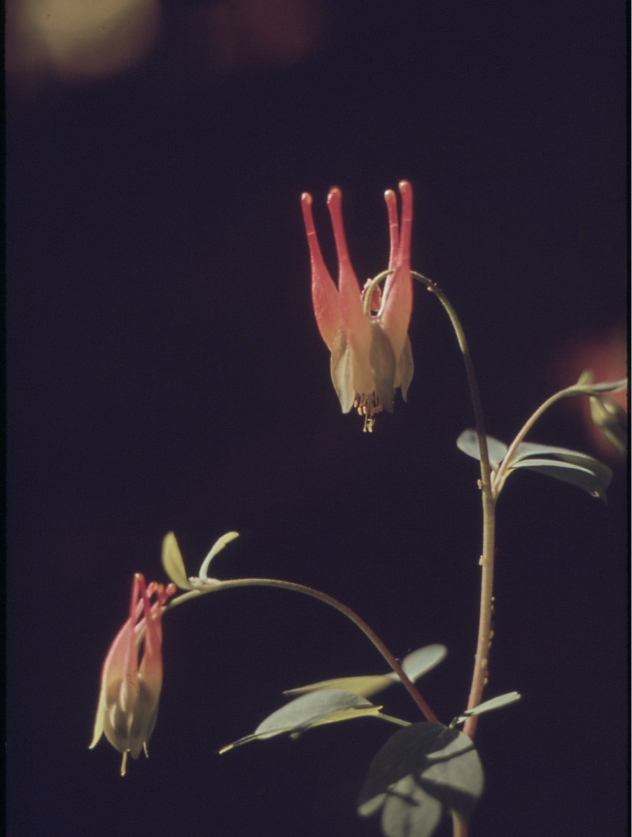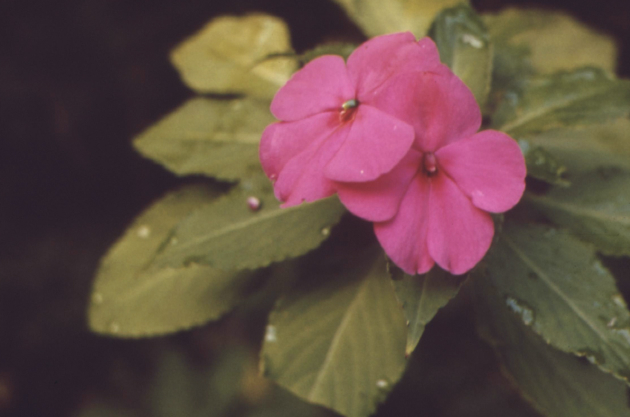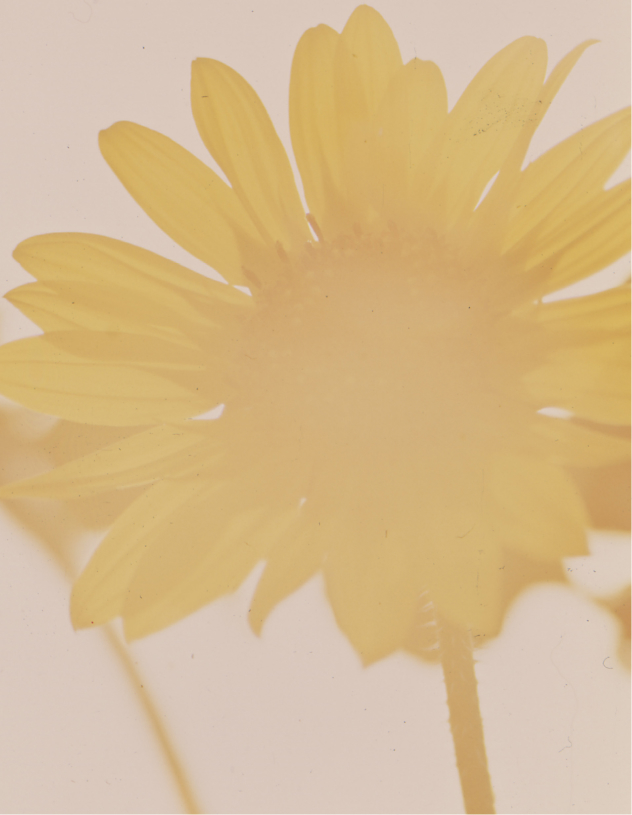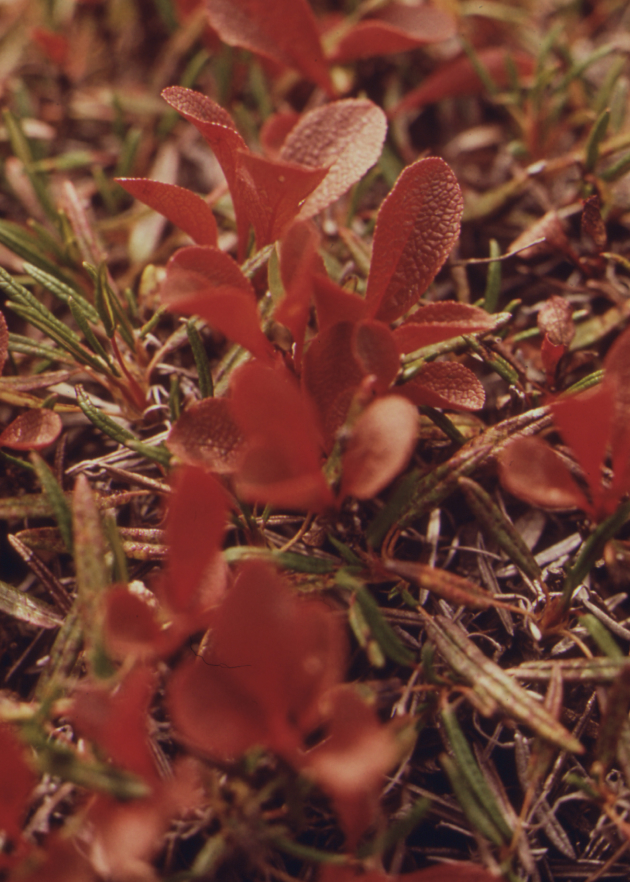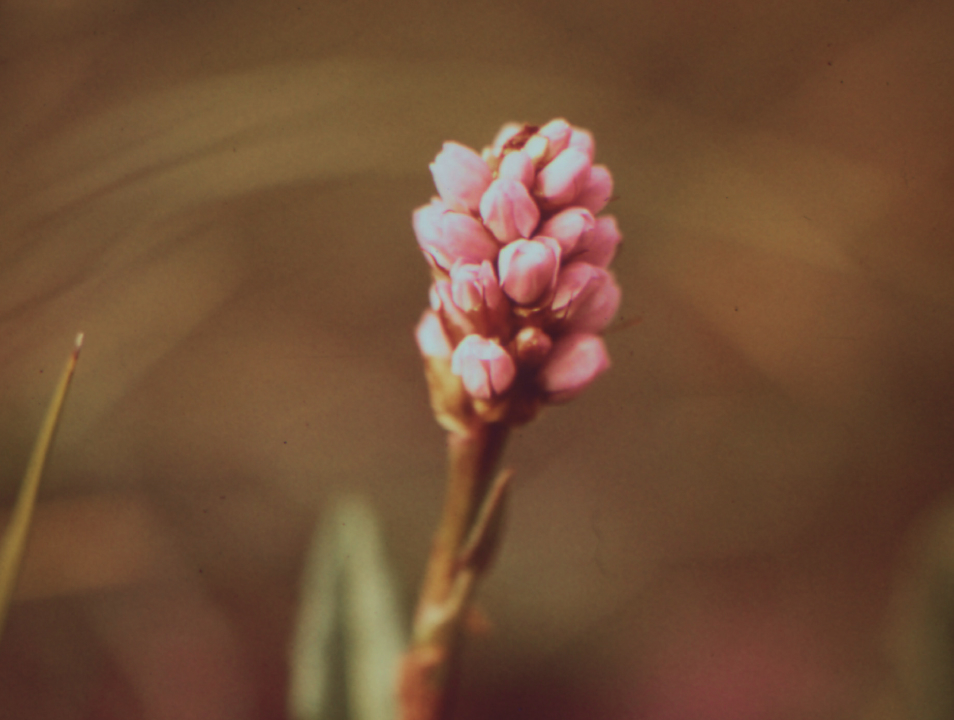The photograph Canyon and Ravine, “Grand Canyon National Park,” Arizona by Ansel Adams is a quintessential example of the photographer’s ability to capture the majesty of the American landscape in his distinctive black-and-white style. Known for his masterful use of light and contrast, Adams immortalized the rugged beauty of the Grand Canyon in this image, emphasizing both its vastness and its intricate details. This photograph, like many of Adams’ works, not only highlights the breathtaking natural beauty of one of the world’s most iconic landscapes but also serves as a powerful reminder of the importance of preserving and appreciating nature in its purest form.
In Canyon and Ravine, Adams focuses on the deep cuts and jagged formations of the Grand Canyon. The canyon’s steep cliffs and rugged terrain are rendered in stark black-and-white, creating a timeless and almost otherworldly vision of this natural wonder. The image offers a balance between light and shadow, with the sun illuminating some sections of the rock formations while others are cloaked in shadow, giving a sense of depth and drama to the scene.
Adams’ mastery of composition is evident here, as he captures the interplay between the vast, open spaces and the tightly packed details of the ravines and cliffs. The photograph emphasizes the canyon’s immense scale while drawing attention to the subtle textures and patterns in the rock, formed over millions of years of geological evolution. The interplay between light and shadow adds a sense of movement to the otherwise still landscape, allowing viewers to feel as though they are standing on the edge of the canyon, looking out at a scene that has remained unchanged for millennia.
Ansel Adams’ Signature Black and White Aesthetic
Ansel Adams is best known for his black-and-white photography, which he used to capture the American wilderness with extraordinary clarity and precision. His approach to photography was rooted in his desire to not only document nature but also to convey its emotional and spiritual impact. Through the absence of color, Adams was able to strip down the landscape to its fundamental elements—light, shadow, and texture—creating images that transcend mere documentation and become works of art.
In Canyon and Ravine, this black-and-white aesthetic heightens the dramatic contrast between the sunlit portions of the canyon and the deep shadows cast by its towering walls. The lack of color focuses the viewer’s attention on the forms and contours of the landscape, encouraging a deeper appreciation of the natural world in its most elemental form. Adams’ choice to work in monochrome was not just an artistic decision but also a reflection of his belief in the purity and permanence of nature, unadorned by the distractions of color.

